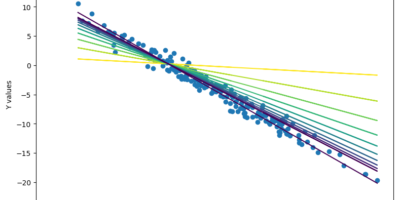An international team of researchers have recently used the Hubble telescope, which has been chilling in orbit and allowing us to make innumerable discoveries about the universe for over 23 years, to discover a galaxy (z8_GND_5296) that is about 30 billion light years away from us. We define 30 billion light years to be the distance that light would travel in vacuum in the span of thirty billion years. So, we can logically conclude that the galaxy is at least 30 billion years old, since it had to have existed at the time it sent the photons that traveled across the universe for 30 billion years before reaching the Hubble telescope. But we also know from cosmic microwave background measurements that the universe is 13.798 ± 0.037 billion years old. How can it be that a galaxy sent light our way 30 billion years ago, but that galaxy (and the rest of the universe) didn’t come into existence until 13.8 billion years ago?
There are a few reasons behind this apparent contradiction. First of all, our universe is constantly expanding. When we measure the “age” of the universe, we are measuring the time since the big bang. The big bang is when all of the stuff in the universe was all in one spot, after which it started expanding. It expanded very, very fast, then slowed down considerably, but is still expanding today. The typical metaphor given to aid in the imagination of the universe expanding in all directions is a raisin bread that is rising. The dough is the space (i.e. the nothingness) between galaxies, and the raisins are the galaxies. Each raisin gets farther away from every other raisin as the dough expands. This isn’t just happening between galaxies, though. It’s happening to all space, everywhere, all the time. It’s as if the boxes making up the grid of space are just getting bigger.
It happens to be the latter. Einstein’s theory tells us that energy (or matter) cannot travel from point A in space to point B in space faster than the speed of light. But this does not imply that two objects, our galaxy and z8_GND_5296, cannot become separated from each other with a speed greater than the speed of light. This is because space itself (which is really nothingness) is expanding, and Einstein’s theory says nothing about the speed limit of the expansion of space.
So there you have it. The expansion of the universe is such that some galaxies are today 30 billion light years from each other. This is so far that light could not travel such a distance even if it had the entire age of the universe to do so. But, luckily for us, in the early universe, when all galaxies were closer together, they were all sending light all in all directions, and only today we’re catching some of this light using the Hubble. The light from z8_GND_5296 was sent our way around 13.1 billion years ago.




Leave a Reply